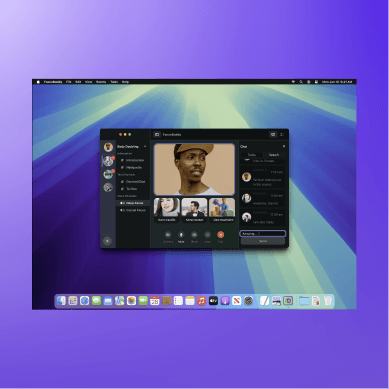FocusBuddy: A Safe Space for Focus and Accountability
A macOS app that fosters focus, accountability, and connection for neurodivergent users.

Features
A macOS app that fosters focus, accountability, and connection for neurodivergent users.
Distraction-Free Sessions
Guided focus sessions with customizable timers and gentle reminders to help users stay on track.
Accountability Partner
Connect with a friend or coach for real-time check-ins and shared focus sessions.
Accessible by Design
High-contrast UI, keyboard navigation, and screen reader support for all users.
Community Support
Join a supportive community of users with similar goals and challenges.
Stats
Process
Research & Interviews
Conducted interviews with neurodivergent users to understand their focus challenges and needs.
Prototyping
Designed and iterated on wireframes and interactive prototypes in Figma.
Development
Built the app using React, Electron, and TypeScript with a focus on accessibility.
Testing & Feedback
Gathered feedback from beta users and improved the app based on real-world use.
Design Elements
Gentle Color Palette
Soft blues and purples reduce visual stress and support focus.
Large, Clear Typography
Readable fonts and clear hierarchy for users with dyslexia or ADHD.
Minimal UI
Only essential controls are visible during focus sessions to reduce distractions.
Outcomes
Insights
Social Presence Matters
Users reported that knowing someone else was present—even virtually—helped them stay accountable.
Accessibility is Non-Negotiable
Accessible design choices benefited all users, not just those with disabilities.
FAQs
Is FocusBuddy only for neurodivergent users?
No, anyone who wants to improve their focus and accountability can benefit from FocusBuddy.
Does FocusBuddy work offline?
Yes, core focus features work offline. Community and accountability features require an internet connection.